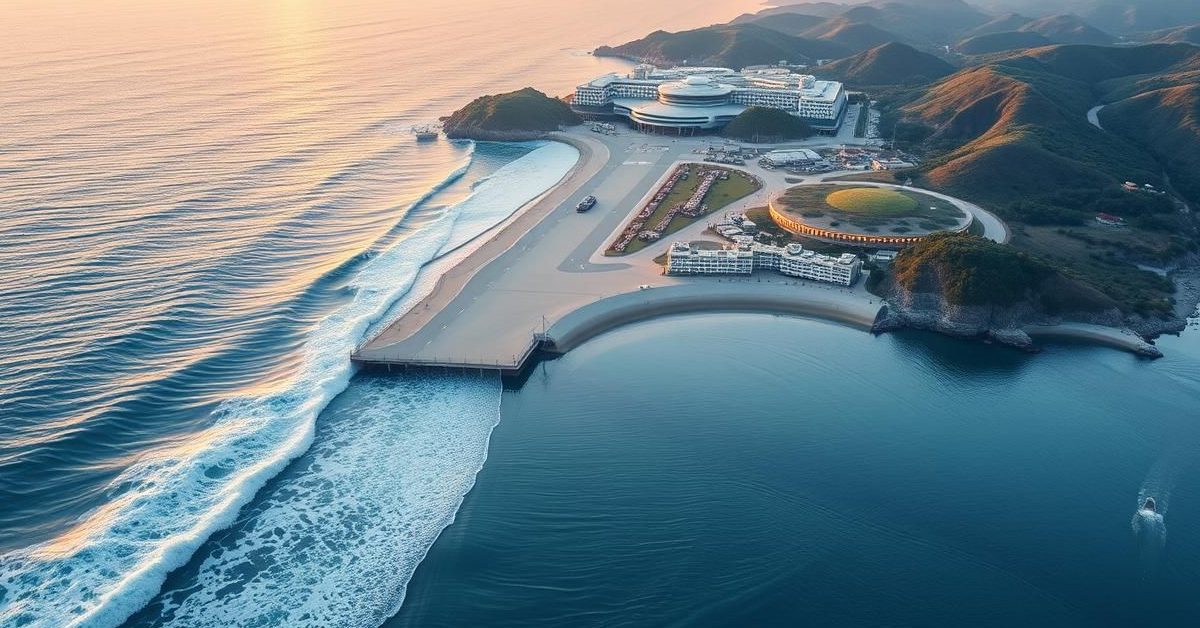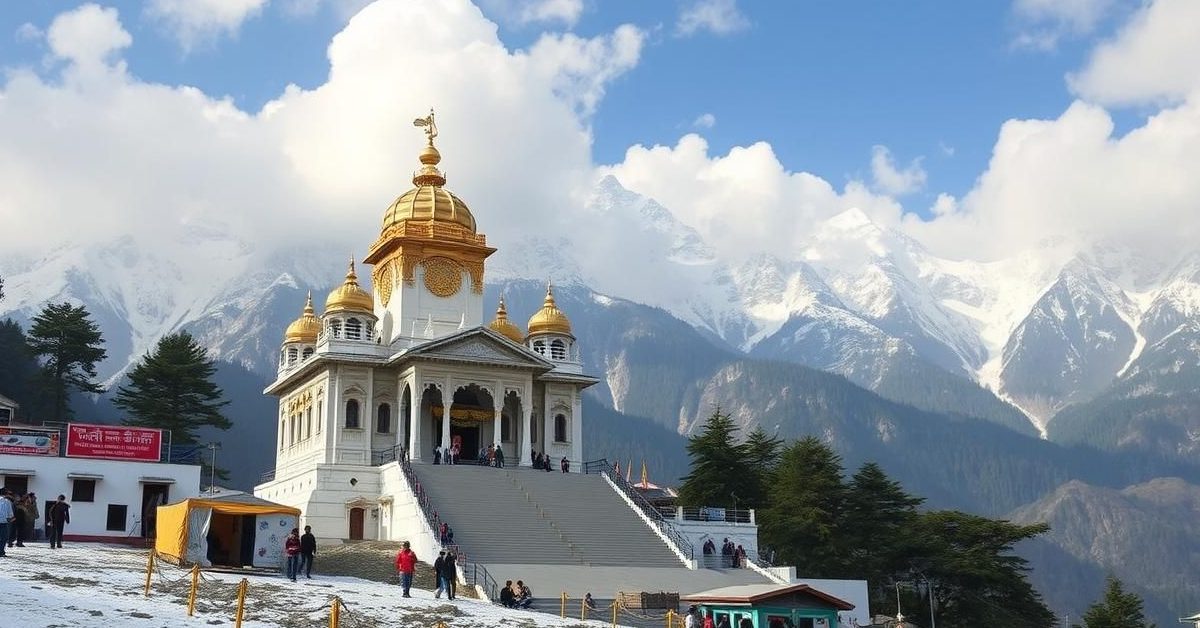North Korea Unveils Ambitious Wonsan-Kalma Resort: A Glimpse into the Hermit Kingdom’s Tourism Vision
A new chapter is set to unfold on North Korea’s scenic east coast as the nation prepares to inaugurate a colossal tourist destination, the Wonsan-Kalma coastal tourist zone. This significant development, poised to redefine the country’s approach to international engagement through tourism, signals a bold, albeit carefully controlled, step towards economic revitalization. The unveiling is anticipated to mark a “new era” for North Korean tourism, despite lingering questions about when its borders will fully welcome global visitors.
Wonsan-Kalma: Pyongyang’s Jewel of the East
Boasting an impressive capacity for nearly 20,000 guests, the Wonsan-Kalma zone is far more than just a collection of hotels. According to state-run media, this sprawling complex offers an array of amenities designed for leisure and recreation, including pristine beach access for swimming, sports facilities, and diverse dining options across numerous restaurants and cafeterias. It represents a monumental investment in the infrastructure of future tourism.
Kim Jong Un’s Personal Endorsement and Grand Vision
The sheer importance of this project to the Democratic People’s Republic of Korea was underscored by the personal involvement of its leader, Kim Jong Un. He recently conducted a high-profile tour of the site, culminating in a lavish inauguration ceremony on Tuesday, June 24, 2025, where he cut the ribbon alongside his daughter. The official Korean Central News Agency (KCNA) reported Kim Jong Un hailing its completion as “one of the greatest successes this year” and a “proud first step” in the government’s ambitious tourism development policy. This official narrative paints the Wonsan-Kalma zone as a cornerstone of national progress.
The Enigma of International Access: Who Will Visit?
While the Wonsan-Kalma zone is slated to begin welcoming domestic tourists from next Tuesday, a critical piece of the puzzle remains elusive: when will foreign visitors be permitted to experience this new resort? This uncertainty looms large, particularly given the stringent travel restrictions imposed at the onset of the COVID-19 pandemic, which saw North Korea effectively seal its borders to all international tourism for an extended period. The regime’s commitment to developing grand tourist sites is clear, with KCNA confirming plans for similar ventures in other regions of the country, yet the timeline for global accessibility remains undisclosed.
A Shifting Landscape: Russian Tourists and Stalled Chinese Influx
The narrative surrounding international access to North Korea has seen recent shifts. Since February 2024, the nation has selectively begun accepting Russian tourists, a move that parallels the deepening military and political partnerships between Moscow and Pyongyang. This marks a significant departure from the pre-pandemic norm, where Chinese tour groups constituted over 90% of all foreign visitors. Curiously, these vital Chinese tours remain stalled, highlighting the strategic and political dimensions influencing the country’s tourism policy.
Brief Opening, Swift Closure: The February 2024 Anomaly
Further adding to the complexity, February 2024 also saw a small contingent of international tourists permitted entry, marking the first such instance in five years. However, this brief window proved fleeting. By March, tour agencies confirmed that their organized trips to North Korea had once again been paused, reinforcing the unpredictable nature of access to this enigmatic nation. The Wonsan-Kalma opening, therefore, stands as a testament to North Korea’s aspirations for economic revival through tourism, even as the path to widespread international engagement remains largely obscured.











